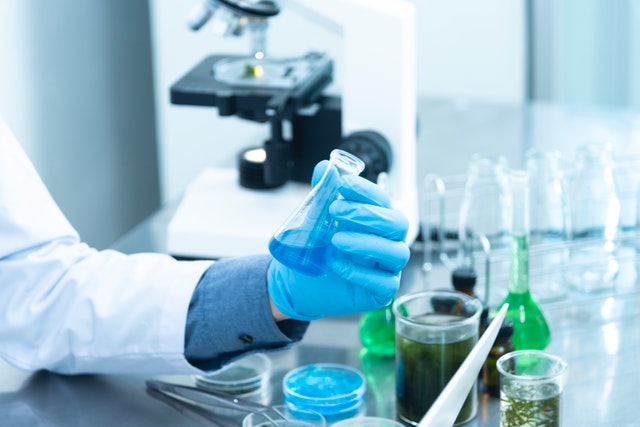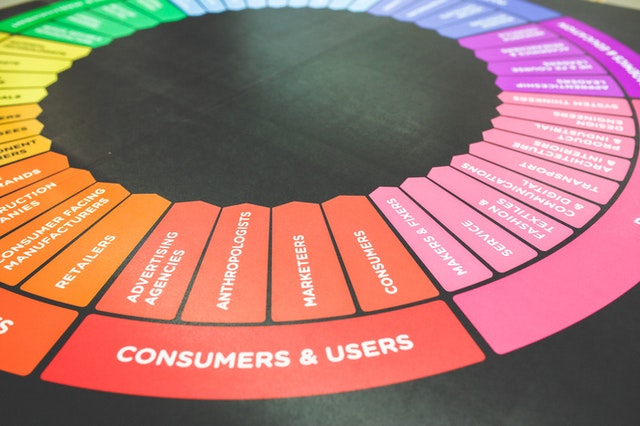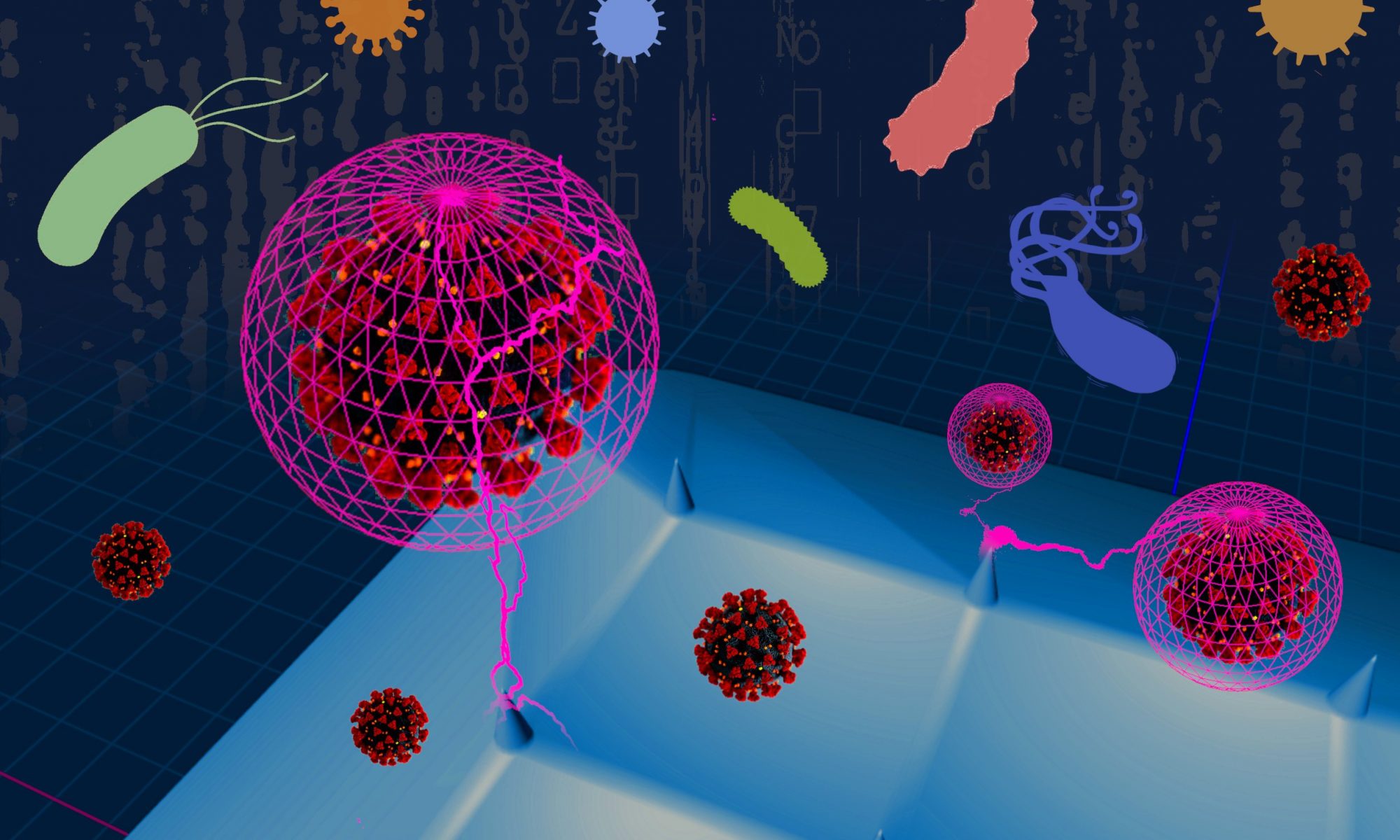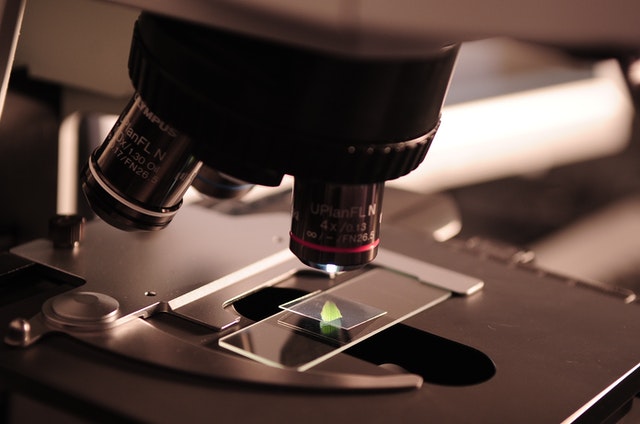Dr Surar Al-Hashimi is a physician with an interest in dermatology. She joins our team this week as a research assistant to examine the effect of laser ablation on the biochemistry of the skin. She brings to the team expertise in dermatology and research skills in molecular biology. We are delighted to welcome her to the team!
Personnel update
This month, Daniel Yanes joins the research team to develop a microneedle drug delivery system based on a metallogel. Daniel is a student on the MRes Drug Delivery and Nanomedicine programme, with a background in chemistry.
Meanwhile, Amor has completed his MPharm research project on microneedle biosensor development and will now be focusing his energy on other aspects of his MPharm programme. We wish him all the best!
Research associate/assistant position available
A research position is now open, for an immediate start, and tenable until 31 July 2022 in the first instance. The closing date for applications is 3 February 2022. Please see the advertisement for full details.
We have described the recent progress we have made in a novel drug delivery technology which, among other things, prolongs drug delivery beyond a month (read about it here , here and here). The research associate/assistant will be responsible for further development work to demonstrate a wide application of the drug delivery technology in various dosage forms, for the delivery of small molecules and macromolecular drugs (e.g. biologics).
This is a collaborative project between the School of Engineering and the School of Pharmacy at Newcastle University. Informal enquiries are welcome.
December news roundup
Happy new year!
Christmas has come and gone, and now we’re in a new year. I didn’t have time to post updates before the Christmas break (as usual), but I’m pleased to announce that 2021 ended pretty well for us.
First, we completed the SETsquared ICURe programme (Cohort 35) to evaluate the market interest in our novel drug delivery technology, and gleaned some pretty encouraging intelligence about how to proceed with commercialisation. It’s early days yet, but the good news is, we’ve been invited to take part in the follow-on programme in 2022. The team has worked extremely hard on this project and I thank everyone involved for taking it this far (special shoutout to Katarina, Wing, Nga, Tarek, Tim and Dale).
Secondly, we have secured £30,000 in additional funding from Newcastle University to further pursue the development and commercialisaton of this technology. We are seeking commercial collaborations/partnerships in this area, so we invite interested stakeholders to get in touch.
Thirdly, and separately, we have been awarded £10,000 in seed-corn funding, thanks to the Wellcome Trust, to investigate a novel diagnostic technology that is minimally invasive, rapid and patient-friendly. This has the potential to replace invasive blood draws and tissue biopsies in disease diagnosis.
I’m excited about these opportunities/challenges and look forward to a fruitful year in 2022.
Welcome, Emma and Amor!
October 2021. At the start of the new academic year, we welcomed two members into the research team: Emma and Amor.
Emma is a UK-qualified pharmacist with an interest in drug delivery. She has now started her PhD project working on developing a medical microimplant with a view to empower patients to self-manage sustained release medications. The work is funded by an EPSRC PhD studentship.
Amor is a final-year MPharm student. He has been working on the validation of a microneedle immunobiosensor platform based on a new detection method our team has recently developed.
Welcome, both!
And note to self: next time, try to post updates before they become old news.
Funding secured for market validation of drug delivery technology
We have recently secured £30,000 in Innovate UK funding to explore commercialisation options for our drug delivery technology through the ICURe programme. The technology, developed jointly with Dr Katarina Novakovic (School of Engineering) and Dr Wing Man Lau (School of Pharmacy), can deliver drugs through a transdermal microneedle patch continuously for over a month. The ICURe programme provides the project team with opportunities for enterpreneurship training and market validation, with a view to commercialising the technology.
The back cover story
Our review article entitled ‘Microneedle-based devices for point-of-care infectious disease diagnostics’ has been published in the August 2021 issue (volume 11, issue 8) of Acta Pharmaceutica Sinica B, and features as the back cover story for that issue. The cover image, produced by yours truly, does not appear in the digital edition of the journal, so I am sharing it here for those who may otherwise not see it.
The cover story is available here.
EPSRC PhD Studentship Available
We’re pleased to announce that a PhD studentship is now available in our laboratory and open for applications. The PhD studentship, generously funded by the EPSRC, will fund the tuition fees, living expenses (stipend) and research support (e.g. consumables) for one PhD student for 3.5 years. The student will work under the guidance of Keng, Wing and Katarina to develop a microimplant for drug delivery.
Interested candidates should apply online by following any one of the links below, which also contain full details of the studentship:
- https://www.ncl.ac.uk/postgraduate/funding/sources/allstudents/tc025.html
- https://www.findaphd.com/phds/project/?p132985
- https://www.jobs.ac.uk/job/CGL600
Informal enquiries should be directed to keng.ng@newcastle.ac.uk.
If you know anyone to whom this may be of interest, please forward this on.
Biosensors special issue: Microneedle diagnostics
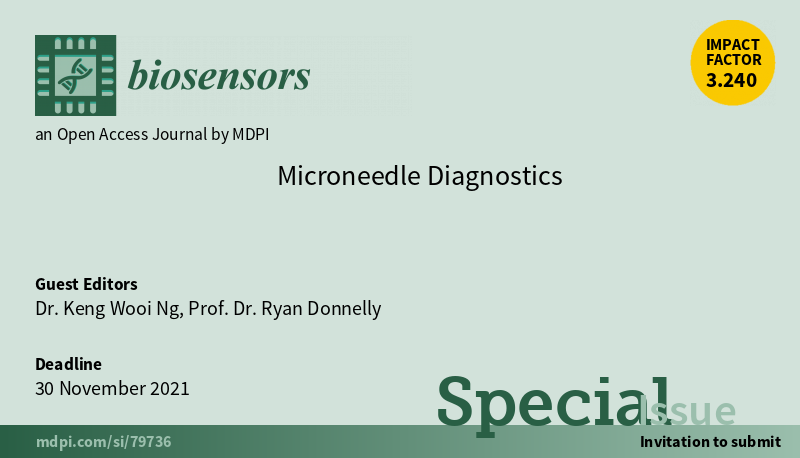
I am guest-editing a special issue of the Biosensors journal with Professor Ryan Donnelly of Queens University Belfast. We would like to invite manuscripts from colleagues who work in this area. The submission deadline is 30 November 2021. Please see the special issue announcement on the journal website for details.
If your work concerns polymers for drug delivery or wound healing, then please also check out the Polymers special issue that I am guest-editing with Dr Wing Man Lau, which is still open for submission.
Review: Microneedle-based devices for point-of-care infectious disease diagnostics
We have published a review article on microneedles as a technological platform for diagnosing infectious diseases. In this review, we enumerate the infectious diseases that could potentially be diagnosed in the skin, examine the mechanisms of existing microneedle diagnostic technologies, and evaluate their applications in infectious disease diagnosis. This publication is timely given that we’re in the middle of a infectious disease pandemic.

Any diagnostic test has to be specific to be useful (Figure 1). For a potentially deadly diseases, the more rapid the diagnosis, the better, because it buys precious time for the patient to seek early treatment, which could save lives. However, for infectious diseases that can be transmitted by close contact, it’s also desirable that the patient can administer the test themselves without too much discomfort. Many tests do better in meeting some of these criteria at the expense of other criteria. For example, I took the PCR test for COVID-19. I am sure the test itself was highly specific, but the nasal and throat swabs were uncomfortable. The diagnosis wasn’t exactly ‘rapid’ either — I got my result several days later (mainly due to limited test capacity at that time, but that has improved significantly since). Microneedle devices are painless to administer on the skin, and tests can produce real-time or near-real-time results. Not all of these studies have been on infectious diseases, of course. The technology is still nascent but the potentials are huge.
The review article is currently in press, but a pre-proof is already available for download from Acta Pharmaceutica Sinica B. There have been a number of minor corrections to this pre-proof (mainly typographical and referencing error) which will appear in the final publication, but the pre-proof should satisfy the impatient for now.
Congratulations to everyone involved in putting this publication together.

